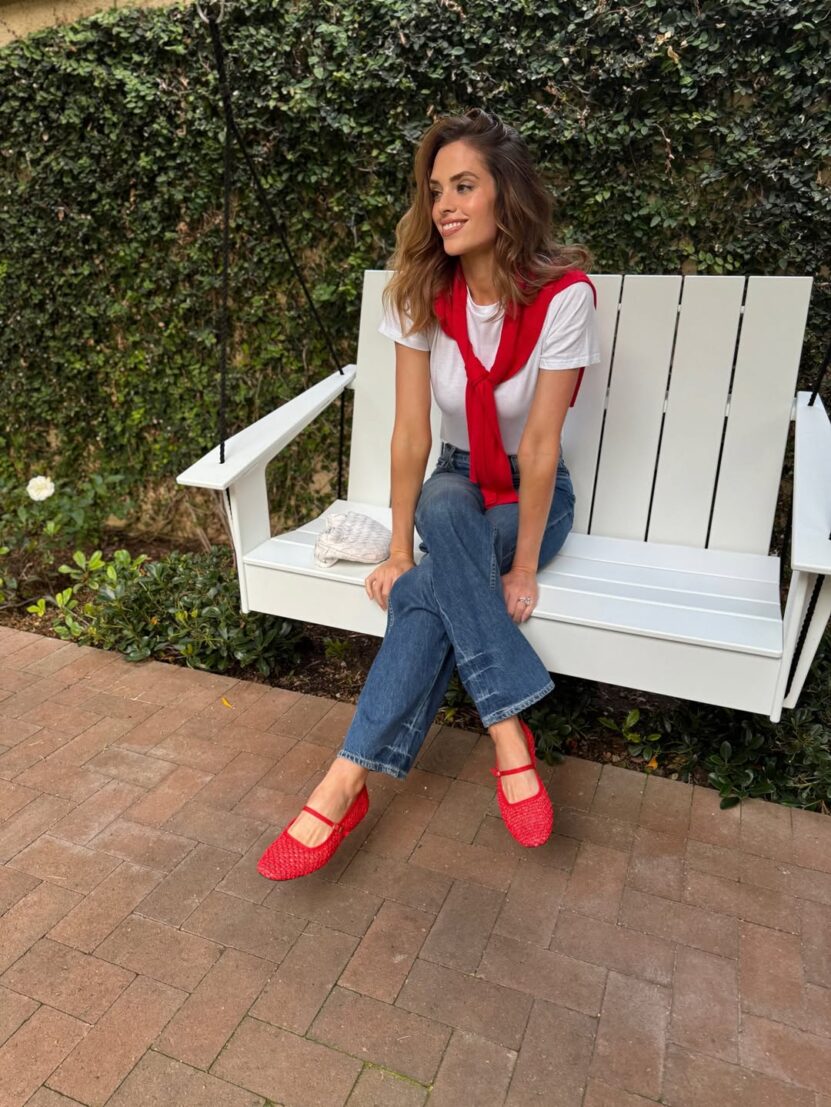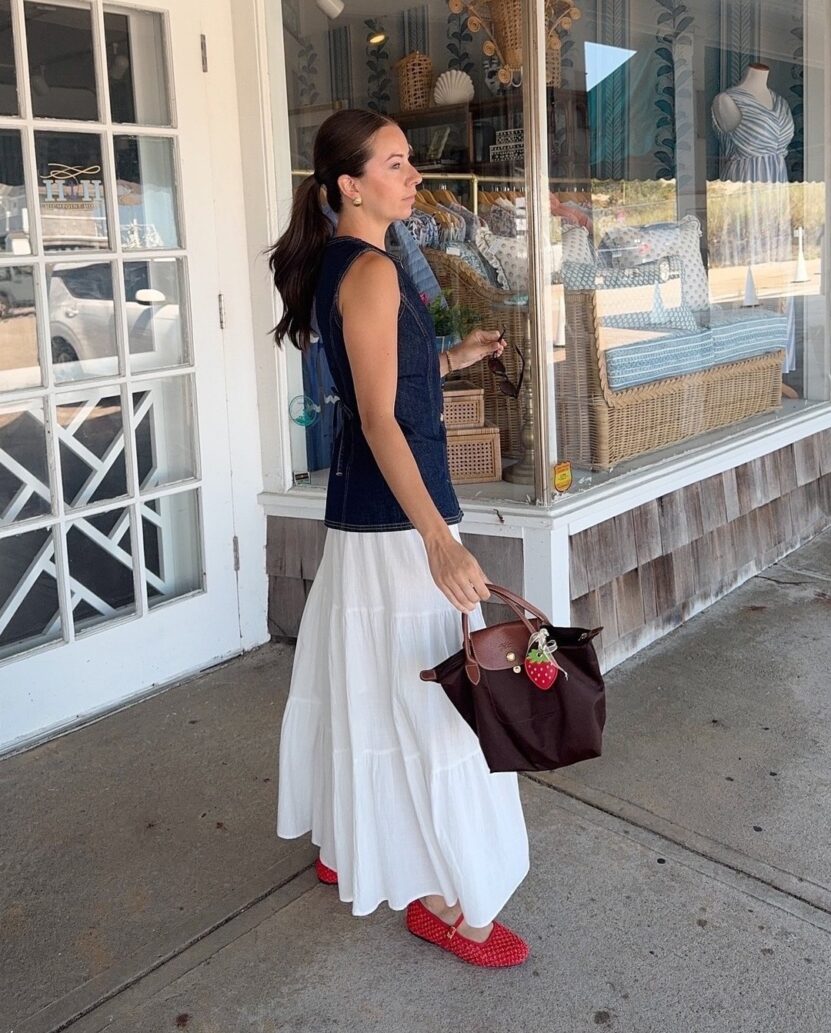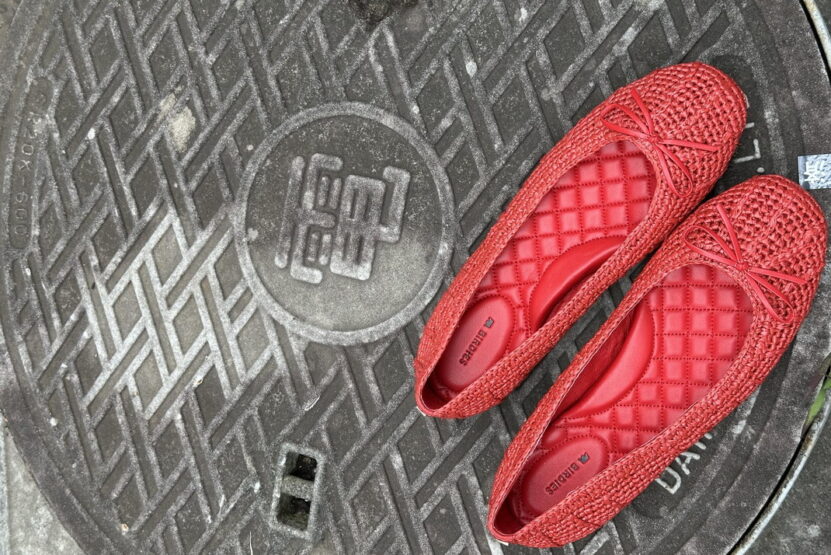The best shoes in your closet are the ones that you forget about the minute you put them on. Moments after you slide them on, they slip from your mind and settle into the flow of your day. As your day progresses, they subtly control your actions and words as if those things are nearly nonexistent. They blend function with an effortless polish, turning every street you walk into an extension of your at-home ease.
The Science of Invisible Comfort
Inside each foot, tiny nerve endings are busily reporting on pressure, heat, and how well you’re balanced. Tight, poorly made shoes turn this chatter into complaints your brain can’t ignore.
Excellent shoes, on the other hand, replace the complaints with whispers your brain can happily tune out. Good arch support distributes your weight so that no single area gets overwhelmed. Generous cushioning acts like a gentle barrier between your foot and the hard ground. It softens every step and helps you stay lighter on your feet through long, busy hours.
Materials that Know Their Job
The quietest, most forgettable shoes are made of friendly materials that cooperate with your foot’s shape. Soft leathers or advanced synthetics bend and flex where you need a little give but stay firm enough to hold you in the right spot. Linings that pull moisture away mean you can stay dry and comfortable. You could be on city streets, in a stuffy meeting room, or out on a hot afternoon.
Design Elements of Comfort

Look closely and you can see which shoes are made for your feet and which are made just to look good. Designers who care eliminate seams and stitches that can rub you the wrong way when you’re on the go. Extra padding in the collar and tongue keeps laces and straps from digging in where you least expect it.
According to the good folk over at Birdies, a good pair of Mary Jane flats shows how all this comes together. The single strap is wide and soft, spreading pressure across the foot. The low, stable heel keeps your foot in a natural arch all day. And the clean, classic lines pair easily with jeans, a dress, or even shorts.
Breaking In vs. True Comfort
Somewhere along the way we were told that new shoes must hurt before they feel right. A well-made pair ignores that rule. They feel easy the first time you step into them and might soften a little more, but the baseline is already good. If your feet throb the moment that you buckle or lace up, the shoes are wrong. Pain rarely turns into comfort, so don’t gamble on it. Listen to that first impression.
The Daily Test
The best everyday shoes vanish on your feet. You lace them up at dawn and don’t notice them again until twilight, when you kick them off. No tugging at straps, no pressing to shift how you stand, no imagined finish line to the hour you can finally be free. Through the subway, the desk, the meeting, and the pop-up dinner, these shoes stay comfortably quiet. They walk alongside you, an easy companion, not a hurdle to be tolerated.
Practical Tips for Choosing Everyday Shoes

When you’re standing in front of a wall of options, it’s easy to pick with your eyes instead of your body. A structured approach helps narrow the field and keeps comfort first. Here are a few practical checkpoints:
- Check flexibility – Bend the shoe in your hands. It should flex where your foot naturally bends, near the ball.
- Evaluate heel stability – Press the heel area. It should be firm enough to hold you steady but not rock-hard.
- Test in motion – Walk at least 15 steps in the store. If you notice pinching or awkward movement now, it will worsen later.
- Look for breathable linings – Heat and moisture are comfort killers; linings that wick sweat keep shoes invisible longer.
- Don’t size down for looks – A snug fit often means future blisters. Aim for a thumb’s width at the toe.
Comparing Cushioning Types
Cushioning plays a quiet but central role in how your body feels after hours of walking. Different approaches have different results.
|
Cushioning Type |
Benefit |
Best For |
| Memory Foam | Adapts to pressure points, soft landings | Long workdays, standing professions |
| Gel Inserts | Shock absorption, reduces joint impact | Runners, commuters with long walks |
| Air Pockets | Lightweight, spring-like energy return | Athletes, fast-paced daily movement |
| Leather Insoles | Breathable, molds with wear | Dress shoes, all-day casual wear |
A shoe may combine these, but knowing what works for your lifestyle helps guide better purchases.
When to Replace Shoes

Even the best pair cannot stay invisible forever. Worn-out soles or compressed cushioning change how your foot meets the ground. As a result, discomfort creeps back in. General signs include uneven tread wear, persistent aches at the end of the day, and shoes that lean when set on a flat surface.
Replacement guidelines:
- Running or high-impact shoes: every 500–800 km.
- Daily casual shoes: every 9–12 months, depending on use.
- Dress shoes: soles may be repaired, but linings and structure decide longevity.
Treating shoe replacement as routine maintenance, not indulgence, ensures comfort continues.
The Role of Socks in Invisible Comfort
Shoes often take the spotlight, but socks make or break the experience. They act as the first layer of cushioning, moisture management, and friction prevention. Natural fibers like cotton or merino wick away sweat while synthetic blends maintain elasticity and structure.
Ill-fitting socks, especially those that slide down, can ruin even the best footwear. Choosing socks with reinforced heels and seamless toes completes the circle of unnoticed comfort.
Conclusion
The shoes you ignore elevate the whole day. They let your thoughts roam to deadlines, small talk, and projects instead of hot spots and aching arches. Slip into the right pair and the question, “How did I live without you?” feels right. They balance ease and good looks, and every step lands as lightly and freely as the body is meant to move.
Related Posts:
- How Many Insurance Policies Can You Have at Once?…
- 10 Heart Attack Survivors in the Music Industry You…
- Website Development Costs for 2025 – What’s Changed…
- Best Option Trading Books to Help You Master the…
- Dating in Germany as a Foreigner – The Unwritten…
- Seasonal Care for Your Pond Fish – What You Need to Know









